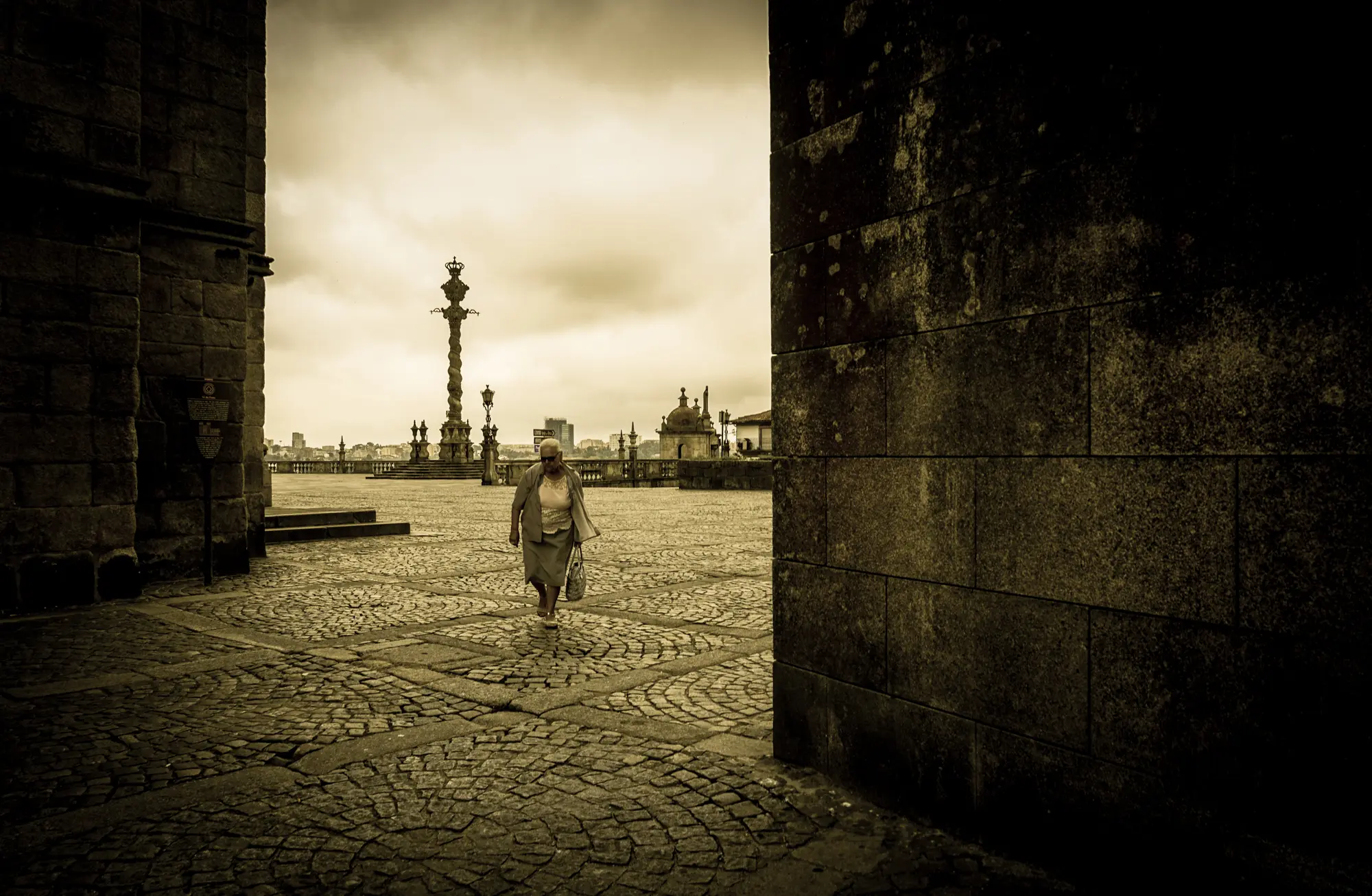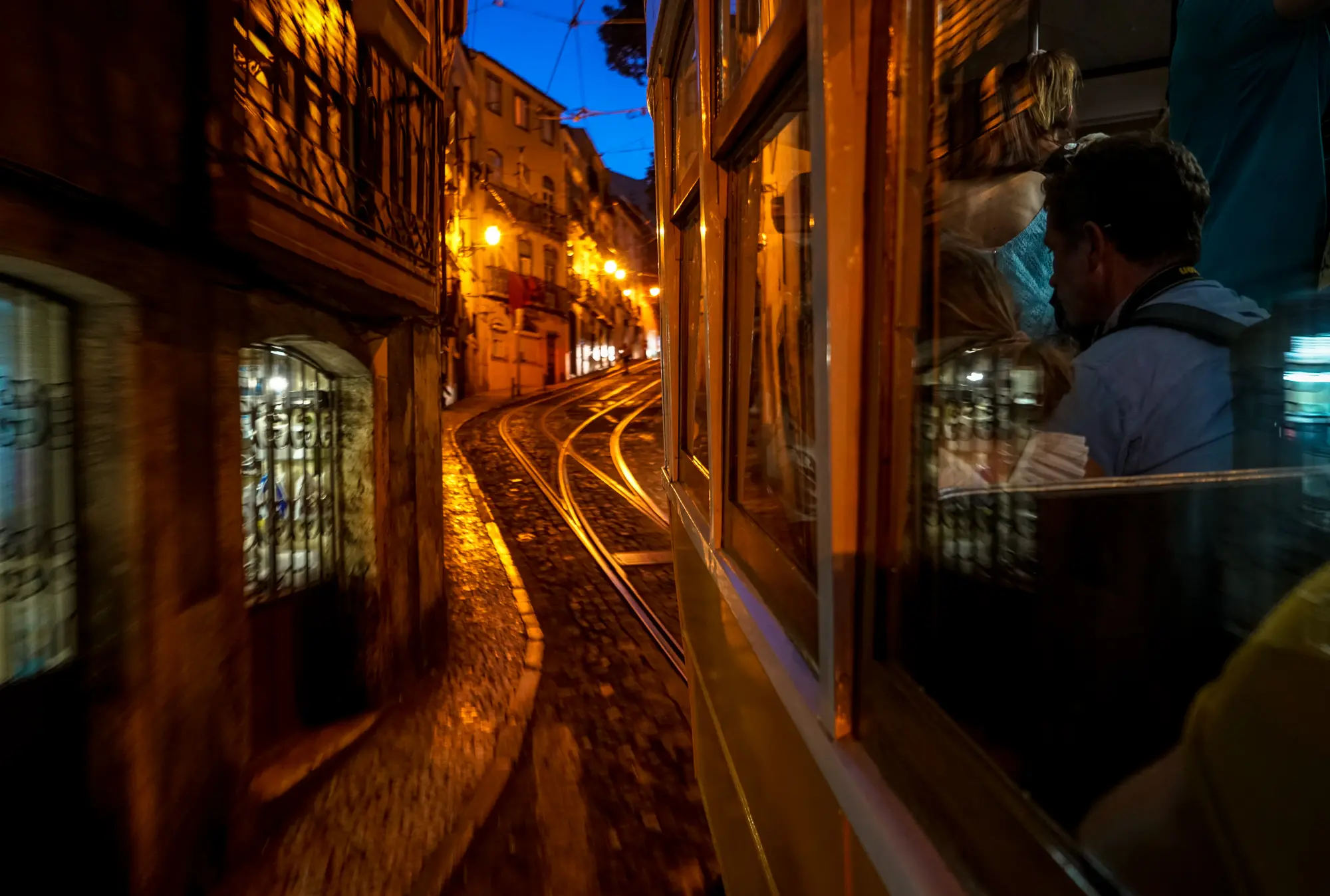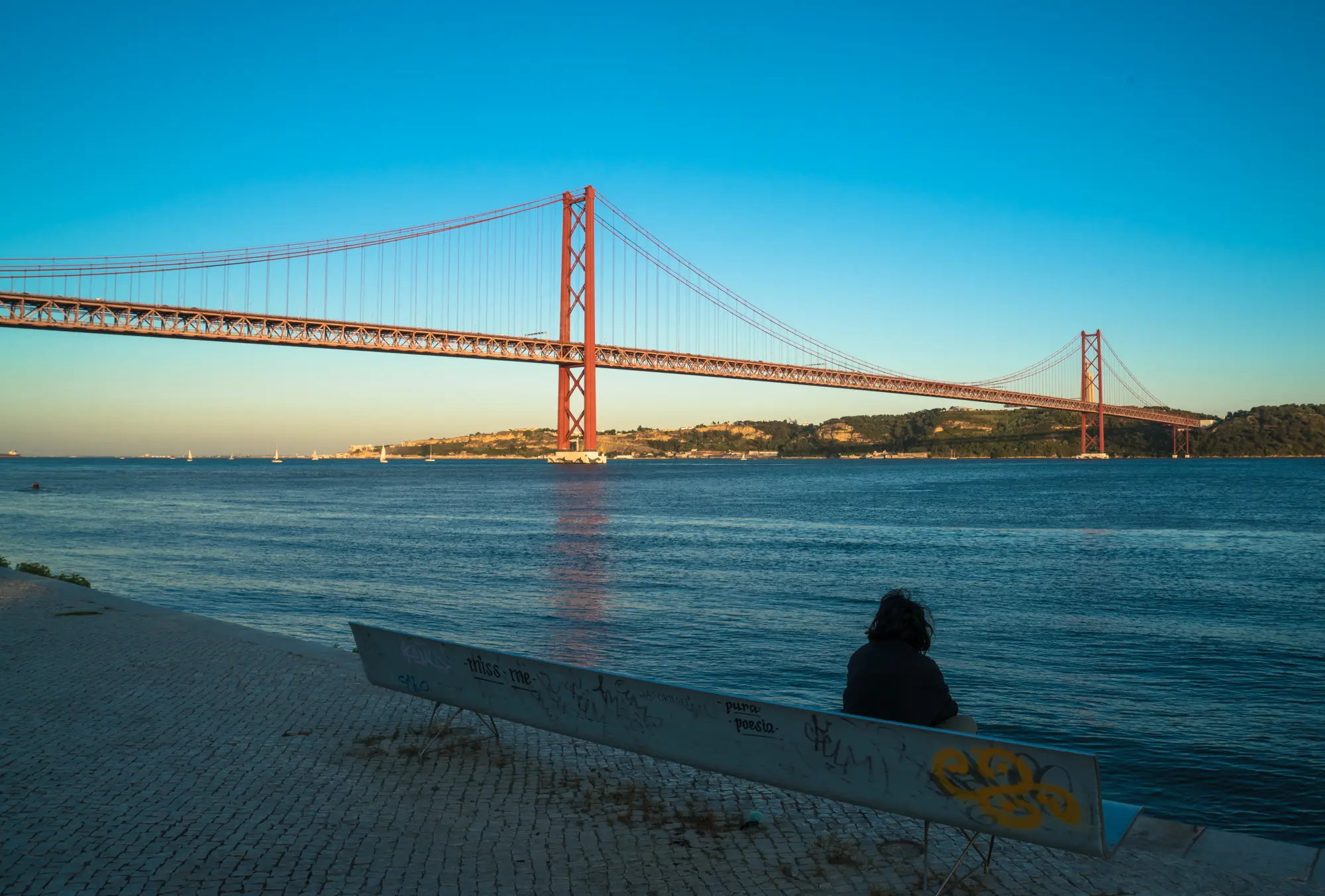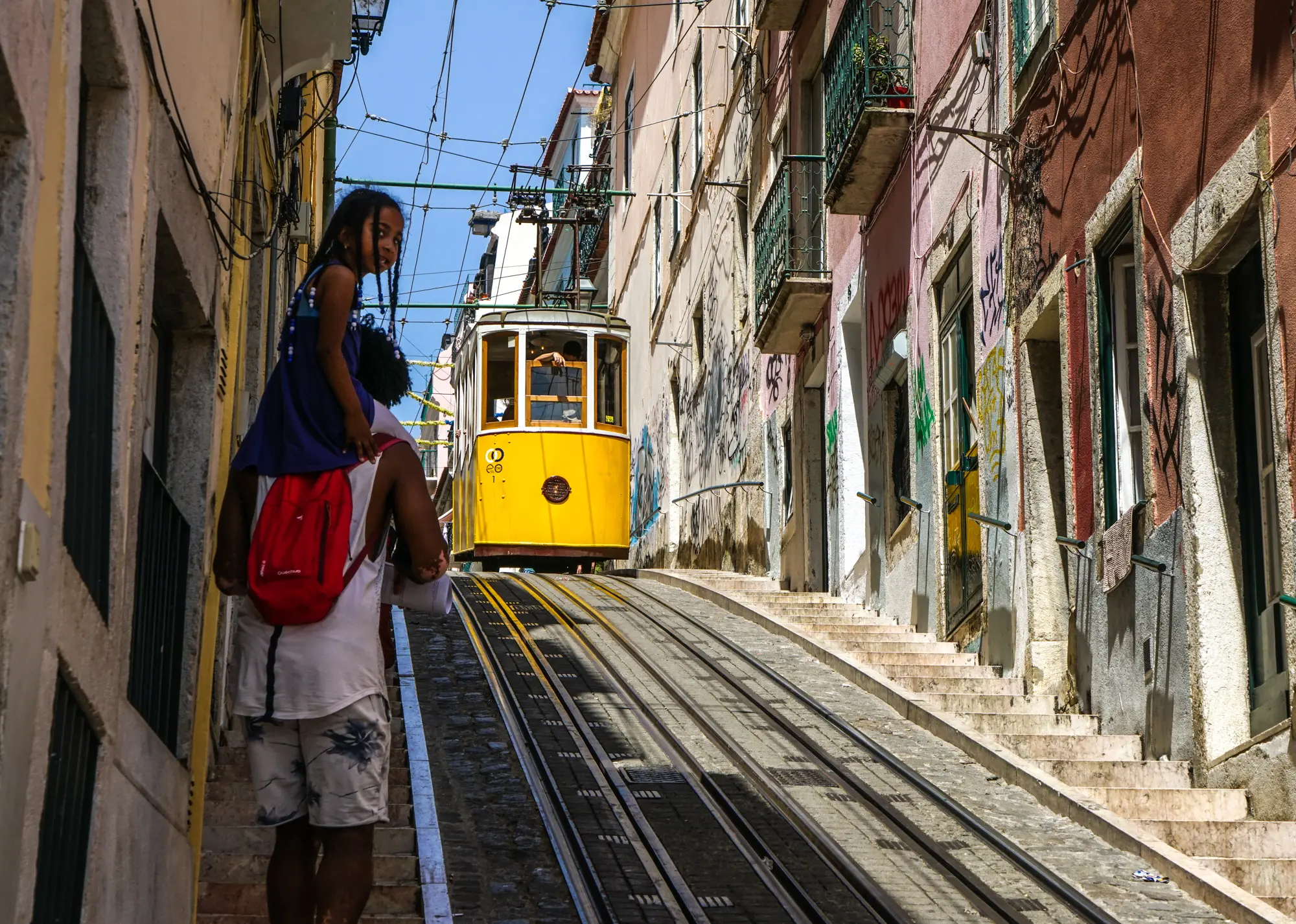Those who know me know how much I enjoy exploring the more distant, less travelled parts of the world. However, sometimes one needs not go out of way to have a rewarding long-term travel. It can just happen that what’s been well explored that offers you the most satisfaction and enjoyment.
Recently, I went on a 5-week tour of Mediterranean Europe, and the highlight of the trip was undoubtedly Portugal. Geography nuts will correct me that Portugal doesn’t really tough the Mediterranean Sea, but culturally and traditionally, it is firmly part of the region.
It’s not that Portugal is being overlooked by travelers – not at all; but in summer time, when flocks of European holidaymakers head to the beaches of Spain, Italy, France and Croatia, Portugal remains a cool, hip destination. In so many ways, Portuguese geography and climate reminds me of California: arid interior, rugged coastal cliffs, cold ocean current washing its shores and creating cooling fogs in the evenings. Even the 25 De Abril Bridge in Lisbon is reminiscent of Golden Gate Bridge in San Francisco. Not to mention the hilly streets, the wine, the surfers, the trams, the easy going culture.
But, unlike the young American West, Portugal has a mighty past that shaped world history far greater than the diminutive size of the mother country. Portuguese sailors were responsible for most of the great geographic discoveries in 15-17th centuries, and the fact Portuguese is still spoken as a mother tongue on four continents attests to the continued significance of these expeditions.
Nowadays, Portugal is somewhat of a backwater of Europe. Having lost its colonial empire and endured decades of dictatorship and economic stagnation, the Portuguese are now a small but dignified nation. As one of the locals told me in Porto, “The modern Portuguese have nothing in common with the militant mariners of the past”. And it’s probably for the better – instead, they focus on what they really do best. That includes cooking delicious food, playing football, preserving historical cities and being some of the most welcoming hosts you would find anywhere in Europe. Only when you listen to the melancholic sounds of fado, the traditional Portuguese songs, would you hear the notes of nostalgia and longing for the days of yore. There is even a special word for this feeling: “saudade”.
But as a tourist in Portugal, your exposure the country’s treasures is bound to be a joyful one. Wherever you go in Portugal, you will find the most delicious pastries and coffee anywhere in the world. I particularly recommend that you always have room in your stomach for natas, or Portuguese egg tarts. There are not a lot of European dishes that made it mainstream into China, but the egg tart, or “dun-tat”, is one of them, and that’s not by accident.
Another great food staple is bacalhau, or cod. There are dozens of dishes made of cod that you would find all over Portugal, most popular one being bacalhau a bras, a simple yet delicious concoction of cod, potatoes, eggs and onions. But it would be hard to have bad meal of any kind in Portugal – at least, I haven’t had any.
Lisbon, the capital, is going to be on your travel itinerary for sure; it’s a delightful city full of historical buildings, cozy hilly streets, cafes and amazing city views. And the food – well, you already heard me rave about it, and every world applies to the cuisine of Lisbon. My personal favourite restaurant (and this is the first recommendation in my blog) is Fama D’Alfama, a tiny but absolutely scrumptious eatery in Alfama district run by a couple of enthusiastic and talented young guys.
The real highlight of my Portugal trip was the northern city of Porto. Heck, it’s one of my new favourite European cities. The picture-perfect views, world-class old churches, people even friendlier than in Lisbon and magnificent setting over the Douro river makes it an ideal urban destination to spend 3-4 days in. One of the things that struck me the most in Porto, and actually, in the whole country, is the abundance of azulejos – blue tiles depicting various religious, pastoral and maritime themes, or sometimes purely geometric patterns. You can see them on church facades and interiors, buildings, museums and so on. Azulejos alone is reason enough to visit Portugal for an art admirer or a photographer.
Last city that I would like to recommend without turning this post turning into a book is Coimbra. An old university town, it is the only place outside of Lisbon with a fado tradition, and you will likely hear it somewhere in the streets. I recommend visiting the university grounds and roam around the hilly area nearby, and for supper, be sure to try some chanfana, a goat stew that is particularly good here. Ask locals for a recommendation of a good restaurant for that.
There are many other fantastic destinations in Portugal: Sintra, Braga, Aveiro, Guimaraes, Evora, Beja, Lagos – and depending on your time, you can visit them all without regret. For beach bums, sorry – due to the cold currents in the west, you are confined to coast of Algarve in the south, and frankly, there are plenty of warmer, prettier beaches elsewhere in Europe. Not that Algarve is not a great region to spend a week or so in its own right. Whatever itinerary you choose for Portugal, you cannot lose.
Bem Vinda!




